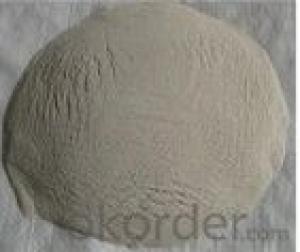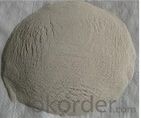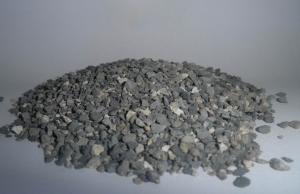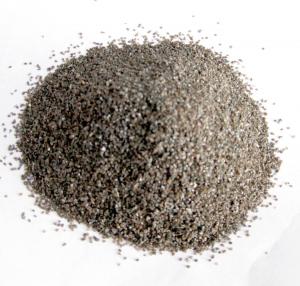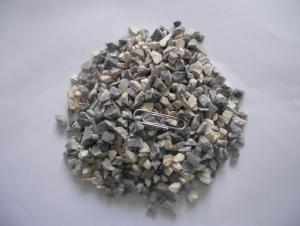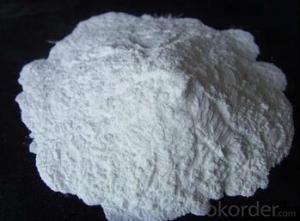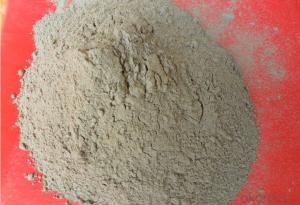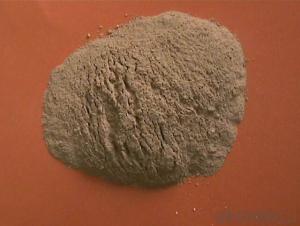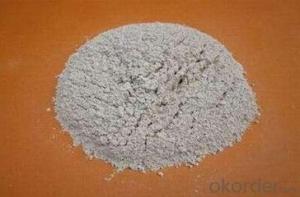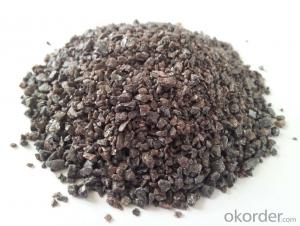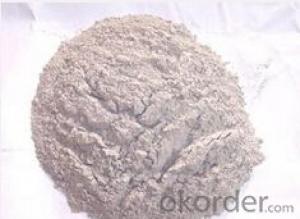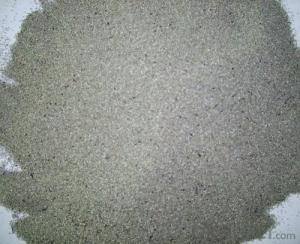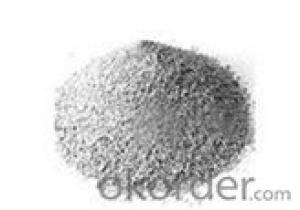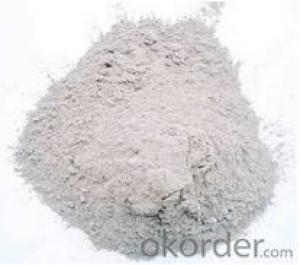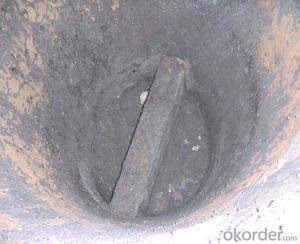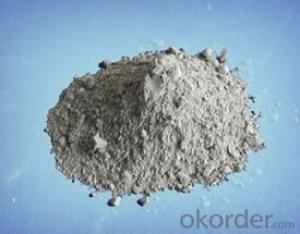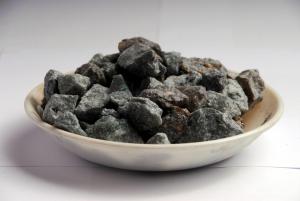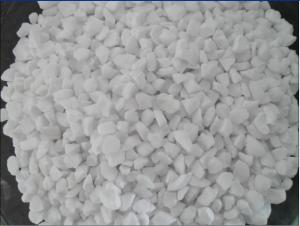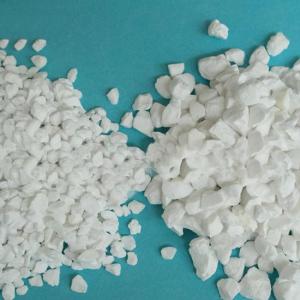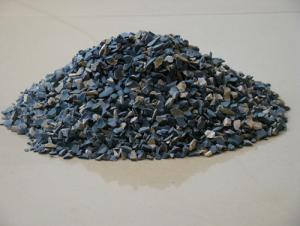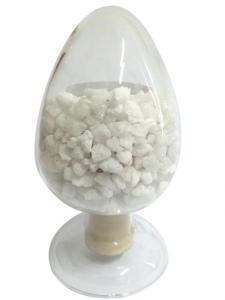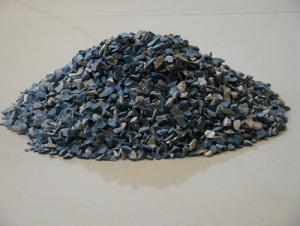Raw Materials for Mullite Castable in Refractory Cement
- Loading Port:
- China Main Port
- Payment Terms:
- TT OR LC
- Min Order Qty:
- -
- Supply Capability:
- -
OKorder Service Pledge
OKorder Financial Service
You Might Also Like
Specifications
Mullite castable in refractory cement
1. Refractoriness1750degree.
2. Can according to customers' requirements.
Mullite castable in refractory cement
Pls kindly note: in order to save your golden time:
By Email:pelletmachine AT aol.com; info AT cs-machine.com
Brief introduction:
Refractory materials can be divided into shaped refractory products(Such as: Refractory brick ,Fire clay brick,High alumina brick, Heat insulation brick,Ceramic fiber products ect) andunshaped refractory materials(Such as:Refractory castable, Plastic refractory, High temperature refractory mortar ect), Widely used in metallurgy, petroleum, chemical industry, Cement, Glass, Casting,carbon,building materials, machinery processing, military, etc.
Refractory raw material: The chamotte, Calcined flint clay, Calcined kaolin, Sintered mullite,Bauxite,flint clay, aggregate, fused mullite
Made process:
Made from the natural high quality bauxite, our product is through multi-level homogenozaotpm and then calcined at about 1750 degree. it possesses many good characteristics such as high bulk density, stable quality, good thermal shock resistance, small index of high temperature creep and good resistance to cheamical corrosion, it is an ideal raw aterial for the following refractory products like a variety of shaped and unshaped refractories, advance ceramic asanitary ware body, precision casting models and so on.
Application: metallurgy, petroleum, chemical industry, building materials, machinery processing, military, etc of thermal technology equipment.
Mullite, coke store and aggregate chemical analysis:
Name | Mullite sand, coke store aggregate
| Mullite powder, calcined powder | |||
Super class | First class | Super class | First class | ||
AL | 45-48 | 43-45 | 45-48 | 43-45 | |
SI | 51-53 | 51-53 | 51-53 | 51-53 | |
Refractoriess | 2.60 | 2.50 | 5.60 | 2.50 | |
Dustiness | 0.10 | 0.10 |
| ||
Features: High strength, good thermal stability, impact resistance, scouring resistance, wear resistance, long service life by the combined technology of low cement and adding superfine powder and efficient dispersant. Excellent raw materials and high temperature performance, castable refractoriness reaches 1790 °C. Mixing by machine, convenient construction, the construction period is greatly shortened, and the economic benefit is remarkable.
Purposes: Cement kiln preheater lining, cooling machine lining, pipe lining, coal injection gun wrapping, kiln mouth, and high temperature parts. Prefabricated into various sizes and also can be applied to spraying construction (preheater lining).
Usage: add water to form mortar or make prefabricated block, semi-dry method spraying construction is available for spraying type.
Storage: 25 kg/bag sealed packaging at room temperature for 3 ~ 4 months
INDEX
Product Name | Mullite Castable | |
Chemical Composition(%) | Al2O3+SiC≥ | 65 |
SiO2 ≤ | 25 | |
Max. Service Temp(°C) | 1500 | |
Bulk/Density(g/cm3)110°C×24h | 2.5 | |
Cold Crushing Strength/RuptureStrength(MPa) | 110°C×24h | 80/10 |
1100°C×3h | 100/12 | |
1500°C×3h |
| |
Linear Change Rate After Heating(%) | 1100°C×3h | 0.3 |
1500°C×3h |
| |
Water consumption(%) | 5-7 | |
FACTORY:
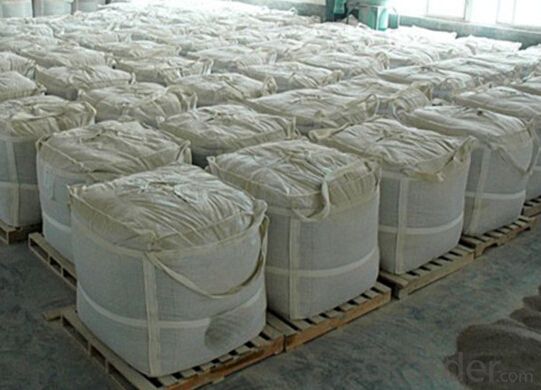
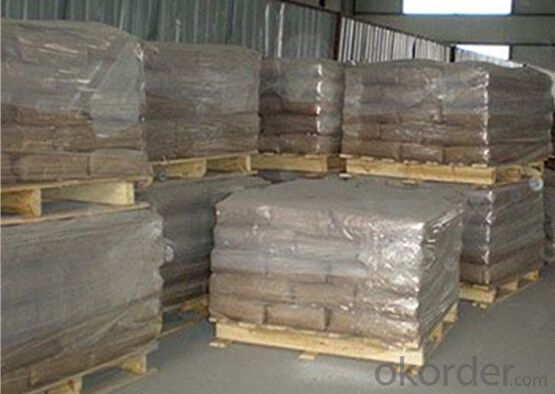
- Q: How long is the duration of fire resistance of autoclaved flyash-lime bricks?
- The compressive strength of the autoclaved flyash-lime bricks is generally higher, which can reach 20MPa or 15MPa, at least 10MPa, and it can withstand the 15 freeze-thaw cycles. Besides,fly ash brick is a kind of potential active hydraulic material. In the humid environment, it can continue to produce hydration reaction and make the internal structure of the brick is more dense, which is conducive to improvement of the strength. It is found in experiments and many investigations that sample some carbide which is used for foundation, plinth and drains, after one or twenty years of freezing thawing and wetting drying, some bricks have been completely carbonized, but strength is not reduced, increased instead. This is one of the merit of autoclaved flyash-lime bricks.
- Q: Kinds of refractory mortar
- Refractory mortar can be divided into ordinary refractory material and special refractory material. Ordinary refractory materials can be divided into acidic, neutral and alkaline refractory materials chemical properties. Special refractory material can be divided into high temperature oxide, refractory compounds and high-temperature composite materials according to their components. Furthermore, according to refractoriness, it can be divided into general refractory products (1580 ~ 1770 ℃), high grade refractory products (1770 ~ 2000 ℃) and super refractory products (2000 ℃ above). It can be divided into bulks (standard bricks, special-shaped bricks, etc.), special shapes (crucible, sagger, pipe, etc.), fibrous (aluminum silicate, zirconia filter and boron carbide , etc.) and indefinite shape (refractory clay, pouring materials and ramming mass, etc.). According to the sintering process, it is divided into sintered products, fused cast products and melting jetting products.
- Q: How to distinguish the fire resistant level of the rubber and plastic thermal insulation material?
- It is divided into level A, B1, B2 and B3. According to the current "burning behavior of building materials classification method", Level A insulation material is a non-combustible material, which belongs to YT. However, from the point of view of the current market , level A insulation material are very few, only glass wool, rock wool board, foam glass and vitrified micro bead. However, compared with level A insulation material, the more welcomed by the market is the organic insulation material. This is characterized as thermal insulation material, which is divided into three levels: level B1 is flame retardant, level B2 is flammable and level B3 is flammable. The level B1 nonflammable thermal insulation material is determined according to the fire endurance of the material. And different parts of the material are divided differently! Such as the common EPS / XPS insulation boards through special treatment of adding flame retardant. . Level B2 combustible insulation material is commonly the EPS expanded polystyrene foam insulation board and XPS board, that is, the ordinary plate. This material has low ignition point, and releases large amounts of harmful gases in the combustion process . Level B3 flammable insulation material is commonly the thermal insulation material taking polystyrene foam as the main material. Since this material is highly flammable, it has been out of the external wall thermal insulation materials. As for the civil construction insulation materials, China's current popular building insulation materials in the market are mainly made of three organic foams: EPS (molded polystyrene board), XPS (extruded polystyrene board) and PU (polyurethane).
- Q: How to distinguish the construction fire-proof material rating?
- Currently the national standards divide building materials as follows: A1, A2, B, C, D, E, F. External wall thermal insulation fire?rating can be basically divided into: A1, A2, B1, B2, B3 and other levels. Class A is non-combustible, class B1 flame retardant, class B2 combustible, class B3 flammable. Combustion performance grades of building materials and products are divided into class A1, A2, B, C, D, E, F. And grading of flooring materials and pipeline thermal insulation materials is also stipulated separately, whose combustion performance grade is distinguished by the subscript fl and L respectively. ie. Combustion performance grades for ordinary building materials and products are A1, A2, B, C, D, E, F; combustion performance grades for paving material are Alfl, A2fl, Bfl, Cfl, Dfl, Efl, Ffl; combustion performance grades for pipeline thermal insulation material are A1L, A2L, BL, CL, DL, EL, FL.
- Q: Which industry does refractory belong to?
- It belongs to inorganic refractory: Ceramic refractory bricks (used in steel-making furnaces) There is also organic polymer in heavy industry: Halogen-containing and halogen-free It belongs to construction industry.
- Q: What are the characteristics of thealuminium oxide refractory?
- Alumina refractory are characterized by uniform granularity, mobility, good dispersity. And it has good acid and alkaline slag erosion resistance, high strength, abrasion resistance, high melting point, erosion resistance , anti-flush and excellent thermal shock resistance.
- Q: Where is the sizing nozzle for refractories? Just enter the line, master into!
- Hua Heng refractories in the industry reputation is good, especially in the Southern small steel sales are among the best!
- Q: What are grade classifications of the external walls for fireproofing?
- 1. The thermal insulation material of level A combustion performance: Rock wool, glass wool, foam glass, foamed ceramics, foam cement, hole-closed perlite, etc. 2. combustion performance is level B1 insulation materials: Extruded polystyrene board (XPS) after special treatment / Special treatment of polyurethane (PU), phenolic aldehyde and gelatine powder polyphenyl granule 3, combustion performance is level B2 insulation material: Molding polystyrene board (EPS), extruded polystyrene board (XPS), polyurethane (PU), polyethylene (PE), etc. See the 2009 edition construction technical measures 4.3.6 Level A insulation material is only for fireproofing, but its thermal insulation performance is not better than organic XPS \\ EPS and other materials. I feel the best insulation materials should be modified phenolic board, which can keep insulation and fireproofing, but the comprehensive unit price is very expensive.
- Q: How is refractory material made?
- It is made by mixing and processing of various refractories.
- Q: Is the refractory reached British BS standard and used for cables in China at present ceramic silicone rubber?
- Which standard? Please be more specific
Send your message to us
Raw Materials for Mullite Castable in Refractory Cement
- Loading Port:
- China Main Port
- Payment Terms:
- TT OR LC
- Min Order Qty:
- -
- Supply Capability:
- -
OKorder Service Pledge
OKorder Financial Service
Similar products
Hot products
Hot Searches
Related keywords
